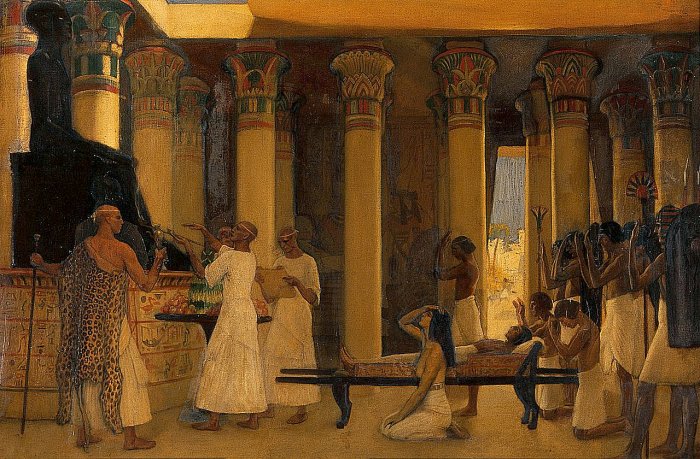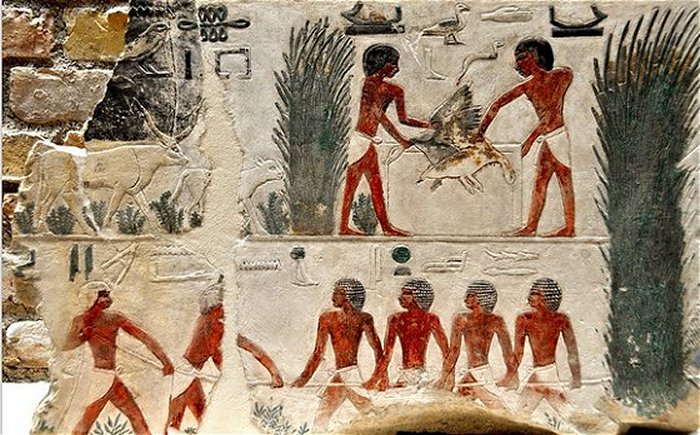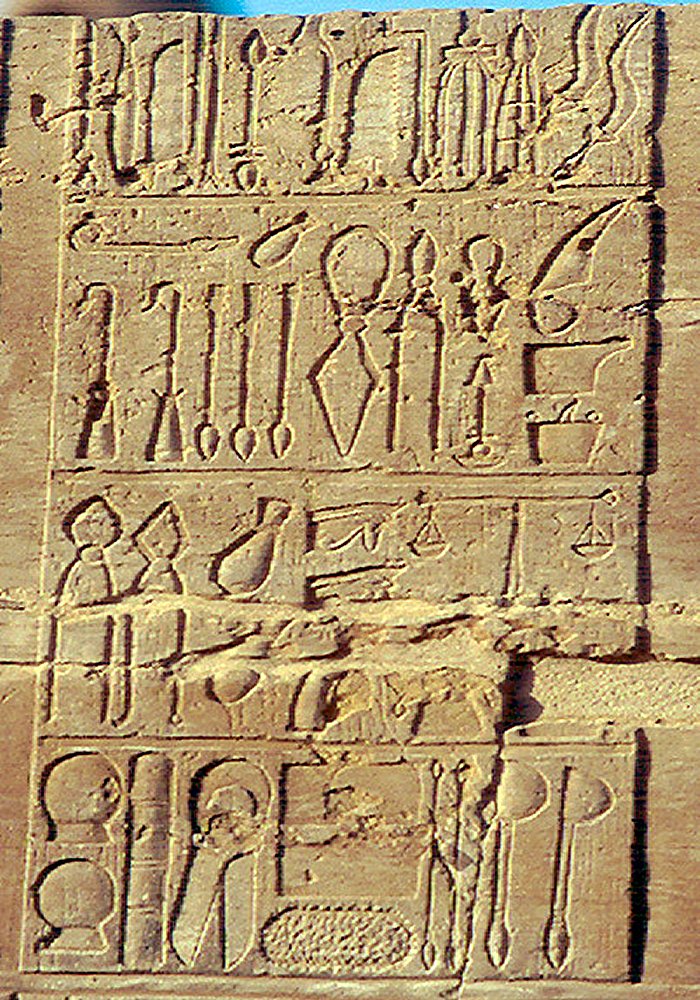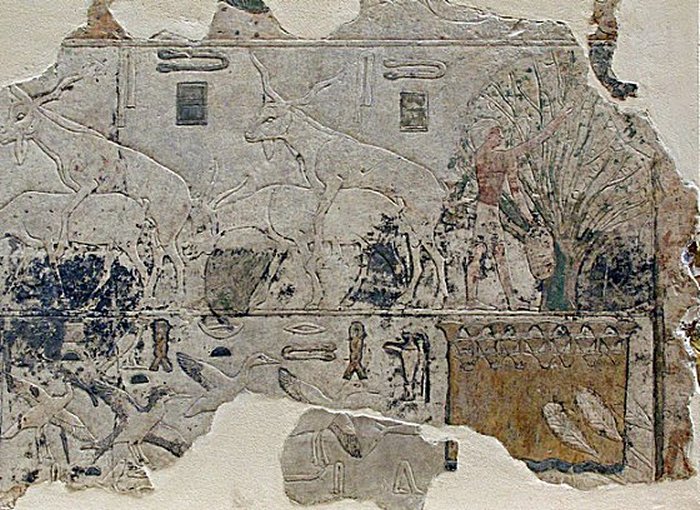Egyptians Mastered Medicine Thousands Of Years Ago
A. Sutherland - AncientPages.com - Civilization in Ancient Egypt means tombs, pyramids, and all aspects of human life. Prehistoric physicians in Egypt had an impressive knowledge of the human body, its inner workings, and the treatment of illness and disease.
An invocation to I-em-hetep, the Egyptian deity of medicine. Oil painting by Ernest Board. Image credit: wellcomecollection.org
Egyptian medical papyri documented many diagnostics and medical achievements we still use today.
The Egyptians' medicine reached a very high standard, spreading its reputation to neighboring countries.
Complementary medicine, like herbal medicine, played a key role in society. Ancient Egyptian scrolls document natural herbs and holistic medicine that saved lives and cured disease.
Proof comes from burial sites, tombs, and underground temples where archeologists have found extensive sets of medical documents and scrolls, including the Ebers Papyrus, the Edwin Smith Papyrus, the Hearst Papyrus, and the London Medical Papyrus, which contained the earliest documented awareness of tumors.
The Ebers Papyrus is the most famous plant-medicine "encyclopedia". It is a 110-page scroll that is about 20 meters long.
Egyptians consumed raw garlic and onions for endurance and to heal asthma and bronchial-pulmonary issues. Many of their herbs were steeped in wine and used as oral medicine.
These were natural herbs, untainted by pesticides, herbicides, insecticides, or fluoridated water.
The Egyptians documented using myrrh, frankincense, fennel, cassia, thyme, juniper, and aloe. Fresh garlic cloves were peeled, mashed, and macerated in vinegar and water and used as a rinse for sore throats and toothaches.
They knew about the healing powers of honey. The first official recognition of the importance of honey dates back to the first Egyptian Dynasty and the "Sealer of the Honey."
In Niuserre's Sun temple, beekeepers are shown in hieroglyphics blowing smoke into hives as they remove honeycombs.
Herbal medicine was mastered thousands of years ago.
Inscription detailing ancient Egyptian medical instruments, including bone saws, suction cups, knives and scalpels, retractors, scales, lances, chisels and dental tools.
Image credit: Jeff Dahl - CC BY-SA 2.5 DEED
The honey was immediately jarred and sealed and could, therefore, be kept for years, and it was used to produce medicines and ointments. They even used it as a natural antibiotic. The mainland for bee-keeping was in Lower Egypt, where extensive irrigation fed thousands of flowering plants. The bee was chosen as a symbol for the country, and the gods were associated with the bee.
One pharaoh's title was Bee King, and his Royal archers protected the bees like they were his holy temple. The temples were homes for the bees to satisfy the gods' desires.
Canaan was called the "Land of Milk and Honey" in the Hebrew tradition.
Egyptian medicine is some of the oldest ever documented. From the 33rd century BC until the Persian invasion in 525 BC, Egyptian medical practice remained consistent in its highly advanced methods for the time.
Homer even wrote in the Odyssey: "In Egypt, the men are more skilled in medicine than any of humankind," and "The Egyptians were skilled in medicine more than any other art."
The papyrus contains a "treatise on the heart," which recognizes the heart as the center of the blood supply, with vessels attached.
Even mental disorders, depression, and dementia were detailed in one of the chapters. The Egyptians were treating intestinal disease and parasites, eye and skin problems, abscesses, and tumors. Remedies from the ancient Ebers Papyrus scrolls:
o Aloe vera was used to alleviate burns, ulcers, skin diseases, and allergies
o Basil was written up as a heart medicine
o Balsam Apple (Apple of Jerusalem) was used as a laxative and as a liver stimulant
o Bayberry was prescribed for diarrhea, ulcers, and hemorrhoids
o Caraway soothed digestion and was a breath freshener
o Colchicum (citrullus colocynthus or meadow saffron) soothed rheumatism and reduced swelling
o Dill was recognized for laxative and diuretic properties
o Fenugreek was prescribed for respiratory disorders and to cleanse the stomach and calm the liver and pancreas
o frankincense was used for throat and larynx infections and to stop bleeding and vomiting
o garlic was given to the Hebrew enslaved people daily to give them vitality and strength for building the pyramids
o Licorice was utilized as a mild laxative to expel phlegm and alleviate chest and respiratory problems
o Onion was taken to prevent colds and to address cardiovascular problems (How did they know?)
o Parsley was prescribed as a diuretic
o thyme was given as a pain reliever and Tumeric for open wounds
o Poppy was used for relieving insomnia, as an anesthetic, and to deaden the pain
o Coriander was taken as a tea for urinary complaints, including cystitis
o Pomegranate root was strained with water and drunk to address "snakes of the belly" (tapeworms). The alkaloids contained in pomegranate paralyzed the worms' nervous system, and they relinquished their hold.
o Persian henna was used against hair loss. The disease was not uncommon in Ancient Egypt. There were many skin afflictions and parasites from the Nile River waters. Worms and tuberculosis were common, sometimes transmitted from cattle. Pneumonia struck people who breathed too much sand into their lungs during sand storms.
Updated on December 16, 2023
Copyright © AncientPages.com All rights reserved. This material may not be published, broadcast, rewritten or redistributed in whole or part without the express written permission of AncientPages.com
Expand for referencesSandison, A.T. "Diseases in Ancient Egypt"
More From Ancient Pages
-
 Fossil Bones From The Largest Penguin That Ever Lived Unearthed In New Zealand
Fossils | Feb 10, 2023
Fossil Bones From The Largest Penguin That Ever Lived Unearthed In New Zealand
Fossils | Feb 10, 2023 -
 Golden Secrets Of Lake Guatavita And The Muisca People Gave Rise To The El Dorado Myth
Featured Stories | Nov 12, 2019
Golden Secrets Of Lake Guatavita And The Muisca People Gave Rise To The El Dorado Myth
Featured Stories | Nov 12, 2019 -
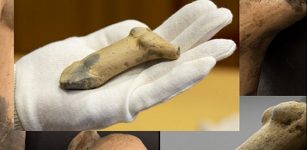 Fragments Of 6,500-Year-Old Figurine Of ‘Venus of Egerszeg’ – Unearthed
Archaeology | Jul 21, 2020
Fragments Of 6,500-Year-Old Figurine Of ‘Venus of Egerszeg’ – Unearthed
Archaeology | Jul 21, 2020 -
 Unusual Secret May Be Hidden In A Mysterious Valley In The American Southwest
Featured Stories | Jan 30, 2024
Unusual Secret May Be Hidden In A Mysterious Valley In The American Southwest
Featured Stories | Jan 30, 2024 -
 Impressive 9,000-Year-Old Stone Mask Uncovered In Southern Hebron Hills, Israel
Archaeology | Nov 30, 2018
Impressive 9,000-Year-Old Stone Mask Uncovered In Southern Hebron Hills, Israel
Archaeology | Nov 30, 2018 -
 Excavations In Keezhadi, Tamil Nadu, India Shed Light On Life During Sangam Age
Artifacts | Aug 24, 2015
Excavations In Keezhadi, Tamil Nadu, India Shed Light On Life During Sangam Age
Artifacts | Aug 24, 2015 -
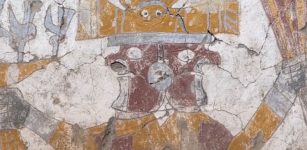 Ancient Murals Of Mysterious Two-Faced Beings And Supernatural Creatures At Pañamarca, Peru
Archaeology | Mar 21, 2023
Ancient Murals Of Mysterious Two-Faced Beings And Supernatural Creatures At Pañamarca, Peru
Archaeology | Mar 21, 2023 -
 Mystery Of The Hidden Shoes Discovered In Ancient European Houses – What Is Behind This Bizarre Tradition?
Featured Stories | Oct 2, 2021
Mystery Of The Hidden Shoes Discovered In Ancient European Houses – What Is Behind This Bizarre Tradition?
Featured Stories | Oct 2, 2021 -
 12,000-Year-Old Camel Rock Art In Arabia’s Desert Served As Ancient Signs To Water Sources
Archaeology | Oct 2, 2025
12,000-Year-Old Camel Rock Art In Arabia’s Desert Served As Ancient Signs To Water Sources
Archaeology | Oct 2, 2025 -
 Rare Artifacts Found In Nottingham’s Mysterious Caves On Display For The First Time
Archaeology | Feb 7, 2024
Rare Artifacts Found In Nottingham’s Mysterious Caves On Display For The First Time
Archaeology | Feb 7, 2024 -
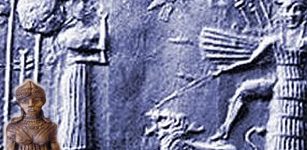 Ereshkigal – Ruler Of The Sumerian Underworld And Most Feared Deity In Mesopotamian Pantheon
Featured Stories | Mar 16, 2017
Ereshkigal – Ruler Of The Sumerian Underworld And Most Feared Deity In Mesopotamian Pantheon
Featured Stories | Mar 16, 2017 -
 Irish God Ogma – Outstanding Warrior And Inventor Of The Ogham Script
Myths & Legends | Jul 3, 2024
Irish God Ogma – Outstanding Warrior And Inventor Of The Ogham Script
Myths & Legends | Jul 3, 2024 -
 On This Day In History: The U.K.’s First Murder Case Solved By A Fingerprint – On March 27, 1905
News | Mar 27, 2017
On This Day In History: The U.K.’s First Murder Case Solved By A Fingerprint – On March 27, 1905
News | Mar 27, 2017 -
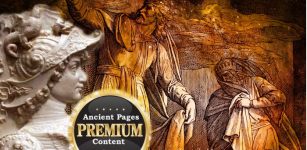 Alexander The Great’s Mysterious And Unexplained Encounter In Babylon
Ancient Mysteries | Jul 15, 2021
Alexander The Great’s Mysterious And Unexplained Encounter In Babylon
Ancient Mysteries | Jul 15, 2021 -
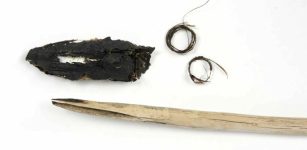 Surprising Discovery Of Unique 3,500- Year-Old Arrowheads Made Of Shells In The Jotunheimen Mountains
Archaeology | Feb 20, 2023
Surprising Discovery Of Unique 3,500- Year-Old Arrowheads Made Of Shells In The Jotunheimen Mountains
Archaeology | Feb 20, 2023 -
 Mystery Of The 1,700-Year-Old ‘Salt’ Mummy With Long White Hair
Featured Stories | Sep 14, 2016
Mystery Of The 1,700-Year-Old ‘Salt’ Mummy With Long White Hair
Featured Stories | Sep 14, 2016 -
 Mysterious Otherworldly Creatures Witnessed By Biblical Prophet – What Happened?
Ancient Mysteries | Jun 30, 2020
Mysterious Otherworldly Creatures Witnessed By Biblical Prophet – What Happened?
Ancient Mysteries | Jun 30, 2020 -
 Anne Neville – The Dramatical Story Of The White Queen
Featured Stories | May 22, 2020
Anne Neville – The Dramatical Story Of The White Queen
Featured Stories | May 22, 2020 -
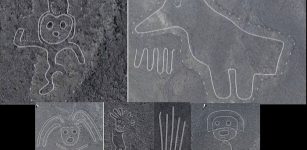 168 Unknown Geoglyphs Discovered In The Nazca Desert By Drones
Archaeology | Dec 19, 2022
168 Unknown Geoglyphs Discovered In The Nazca Desert By Drones
Archaeology | Dec 19, 2022 -
 Mystery Of The Hunza People: Did They Really Live To 145 Years Of Age?
Civilizations | Jul 5, 2018
Mystery Of The Hunza People: Did They Really Live To 145 Years Of Age?
Civilizations | Jul 5, 2018

